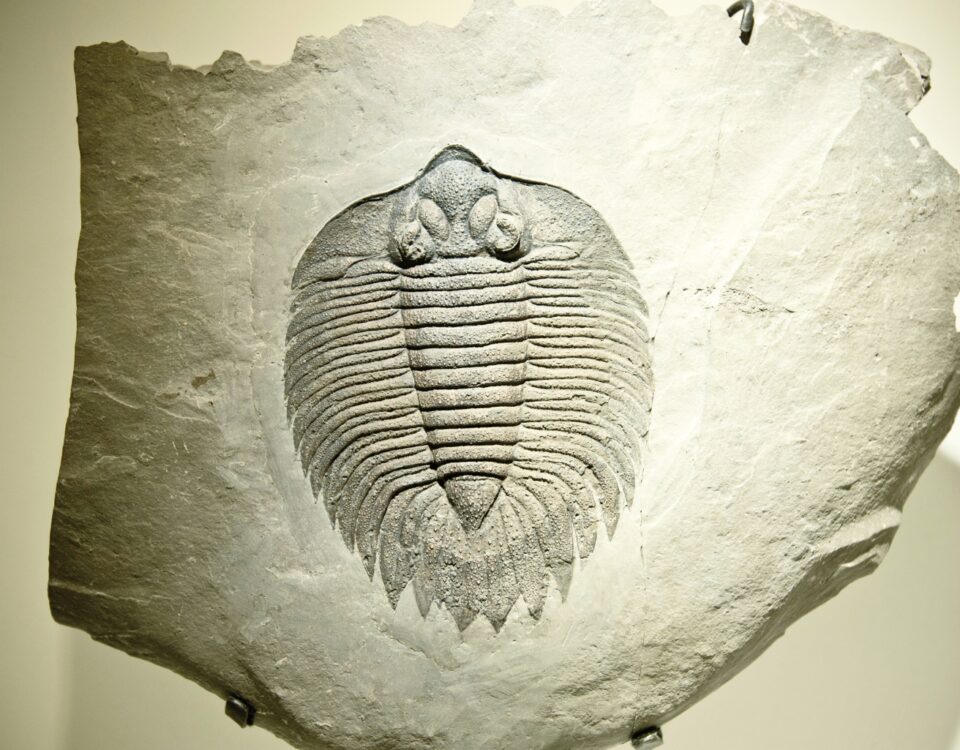
Good Vibrations
December 15, 2022
Spokes on A Wheel
February 22, 2023Crossing into the cool, humid air relieved me of the glaring outside heat and tourist noise. Now inside, I glanced around the historic San Marco Cathedral in Venice, Italy, and was surprised at the contrast between my 20-year-old memory and the space I was in now. Back then, the interior was much darker.
Now, wooden planks were scattered around the church to keep our feet dry. Water seeped up from between the cracks of the stone floor. It was then that I realized that much like New Orleans, Venice is a city floating on water.
Sections of the cathedral sit at or below sea level. The massive flood of 1966 broached the marble slabs perched on wood pilings. These protected the more porous brick from the marshy water on which the city is built. That breech accelerated the city’s physical decline. The city’s ancient pilings continue to sink into the marshy water on which the city is built.
The cathedral fights a simple but persistent enemy. The watery marshes that once protected Venice from invading hordes now carries another foe: salt.
Salt
Humans can’t survive without it. The balance between salt and potassium manages the fluids in our body. Too much salt is as bad as too little. Managing the middle is where health lies.
Salt was an essential element to the ancient world, which depended on salt for a range of tasks, from curing leather to preserving food in a world without refrigeration. Salt was such a valuable commodity that at one point it was used like money. Wars were fought over salt. Kingdoms were lost and won over salt.
Now it is salt that eats away at San Marco as the city sinks into the marshes. Saltwater wicks its way up, eats away at the mortar, and weakens the brick.
As the water evaporates, it leaves evidence of its presence. On exterior walls it shows as white, shadowy residue. In interior areas of the cathedral like the basement crypt, the residue reveals its presence through the appearance of a white, brittle lace on the walls and columns.
Those white lacy Venetian columns came to mind not long ago, while lying in bed. Tears made their way from my eyes to my pillow: once again, life without my life partner seemed just a bit overwhelming. Once again, some trigger surfaced to surprise me. Much like the water wicking up the columns from the marshy depths, my tears bubbled up from some deep place to be released to my pillow.
My pillow, my friend, has captured and held many of my tears, and it was at that moment I considered how many tears it could hold before it became crusty with salt like those columns found in the crypt of San Marco.
Then I wondered: if I didn’t release my tears, would I hold that salt of sorrow instead and become as brittle as those columns? The image of closely held tears working their way through from my core to my skin came to me, and suddenly an Old Testament story startled me. If I didn’t let the tears flow, if I continued to hold them in, would I one day become a pillar of salt like Lot’s wife looking back as she was leaving her past?
On Grief
It’s been five years since my husband’s death. Some might say I’ve grieved long enough. Some might tell me to just move on. It is hard to just walk away from a relationship whose span covered 60% of my life. This relationship we shared was close and together, we rode out the highs and the lows that appear in any life.
Those undulations of life continue but now I’m navigating alone. It was scary at first, but as Louisa May Alcott wrote, “I am not afraid of storms because I am learning how to sail my ship.”
At some point, I transitioned from deeply grieving to merely grieving. There finally came a day when I realized I had not mentioned his name or told a story about him for at least a day, maybe two.
He was sick for a long time. He suffered. That’s not the part that I miss. In fact, I am grateful that he died before the pandemic lockdown.
What I grieve for is the time before the illness. I grieve more for “my” funny, loving husband who occasionally surfaced from the heart failure fog at the end of his life. And to be honest I grieve for that moment in time when we and our high school sons were home, and we were together as a family. I grieve for a moment in time, a memory.
Grief sets its own rules. The tears come less often, but they still surface unexpectedly. The trigger comes and then the tears. It may be a memory that activates the grief, but when it comes it’s not as some fuzzy moment from the past. No. It comes as fresh and hot and real as the first moment when it came to call. No wonder people want to avoid it.
Some tell those who grieve that it’s time to move on. But grief for me, has found its place and I accommodate it. I can live with it. I acknowledge it, but it doesn’t rule my life as it did for quite a while.
Crying may not be pretty, but I embrace grief and its tears because I know that the path ahead includes snotty noses and tear-stained faces. The path ahead leads through damp, salty pillows and the catharsis that comes from a good, deep cry.
What happens when we don’t release our tears? What does sorrow waiting for release do to our body?
If I don’t release my salty tears, if I hold them in because I am afraid of such strong emotion, will I become as brittle as those columns holding up San Marco Cathedral? Or can my tears cleanse my soul and help me find my peace?
I appreciate the tears and thank them for not coming quite so frequently, but they are welcome when they do come. In them lies my release and my healing.
Thank you, my salty friends.




